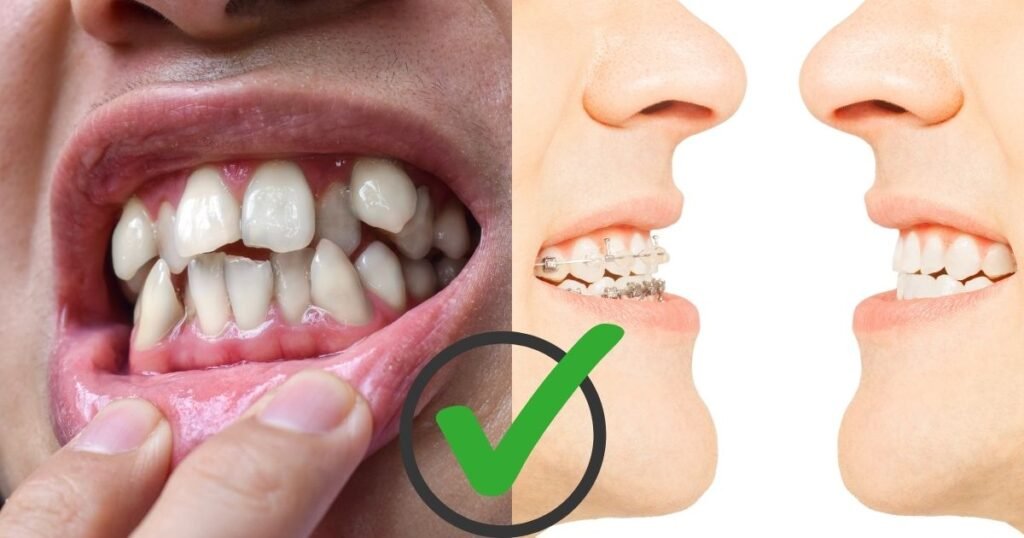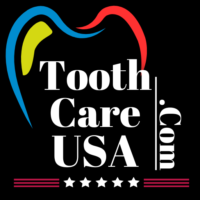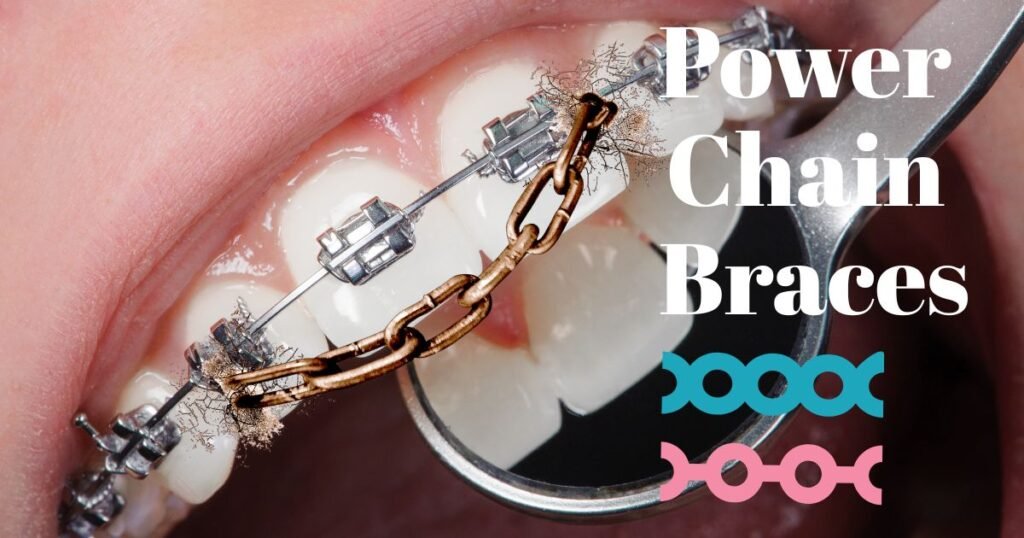Introduction: A Personal Journey
When Sarah, a 16-year-old from Chicago, was told she needed molar removal for braces, she felt a mix of fear and confusion. Why take out a perfectly healthy tooth? But her orthodontist explained that molar removal for braces would create the space needed for her teeth to align properly. Fast forward two years, and Sarah now proudly shows off her perfectly straight teeth. Her story mirrors the journey of thousands who go through molar removal for braces as a vital first step in their orthodontic transformation.
Why Molar Removal Is Sometimes Necessary
Orthodontists often recommend molar removal for braces when the jaw is too crowded to allow proper alignment. This is not a one-size-fits-all solution, but in many cases, it’s the most effective way to create space, avoid future complications, and ensure a smooth treatment process. Think of it as prepping the land before building a strong house—removing a molar or two helps the rest of your teeth shift into place smoothly.
11 Life-Changing Benefits of Molar Removal for Braces

1. Solves Overcrowding Issues
Crowded teeth make it difficult for braces to do their job. Molar removal for braces creates essential space so each tooth can move into its proper position without pushing against others.
2. Improves Bite Alignment
An uneven bite can lead to problems like TMJ pain and uneven wear on teeth. By recommending molar removal for braces, your orthodontist ensures your bite aligns correctly, reducing strain on the jaw and improving overall function.
3. Makes Braces More Effective
Braces work by applying pressure to reposition your teeth. Molar removal for braces helps by eliminating resistance from tightly packed molars, allowing your treatment to progress more quickly and effectively.
4. Prevents Impaction
When there’s no room for new teeth to erupt, especially wisdom teeth, they can become impacted. Molar removal for braces prevents this by opening up space in your jaw, reducing the risk of future oral surgeries.
5. Improves Long-Term Dental Hygiene
When teeth are too close together, cleaning becomes difficult. Molar removal for braces improves spacing and helps patients brush and floss more effectively, reducing the risk of cavities and gum disease.
6. Reduces Relapse After Braces
One of the biggest worries after braces is that the teeth will shift back. Molar removal for braces reduces the chance of relapse by making sure teeth have enough room to stay where they belong long-term.
7. Enhances Facial Aesthetics
Did you know that molar removal for braces can actually influence your facial profile? Creating proper alignment often results in more symmetrical cheeks, jawline, and even lips, making your entire face look more balanced.
8. Eases Jaw Pain and TMJ Problems
Crooked or crowded teeth can put pressure on the jaw joint, leading to TMJ disorders. Through molar removal for braces, you can relieve that pressure and reduce or eliminate chronic jaw pain.
9. Prevents Damage to Adjacent Teeth
Crowding not only looks bad, it can actually cause wear and tear between teeth. Molar removal for braces prevents this damage by ensuring each tooth has enough breathing room.
10. Encourages Better Speech and Chewing
Improper alignment caused by crowding can lead to speech difficulties and trouble chewing. Molar removal for braces ensures your bite functions the way it should, making everyday activities easier and more comfortable.
11. Boosts Confidence and Mental Health
Let’s not overlook the emotional impact. The straighter smile made possible by molar removal for braces leads to higher self-esteem and a more confident you in social, school, and work settings.
Real Stats from the USA

According to the American Association of Orthodontists, about 20 to 25 percent of orthodontic patients in the United States require tooth extractions, including molars, before starting braces. Most of these extractions are done to correct overcrowding and allow for proper alignment.
| Stat | Details |
|---|---|
| % of patients needing extraction | 20–25% |
| Common reason | Overcrowding and jaw size discrepancy |
| Age range | Most common between ages 11 and 18 |
| Recovery time | Typically 1–2 weeks before starting braces |
(Source: American Association of Orthodontists)
What to Expect During Molar Removal
Worried about pain? Don’t be. Molar removal for braces is performed under local anesthesia and, in some cases, sedation. Recovery is usually mild, involving slight swelling and discomfort for a few days. Patients are advised to stick to soft foods and avoid strenuous activity. Within one or two weeks, you’ll be ready for your braces journey.
Aftercare Tips
After molar removal for braces, it’s essential to take care of the extraction site to prevent infection and promote healing.
- Use an ice pack to reduce swelling
- Avoid using a straw or spitting
- Rinse gently with warm saltwater after 24 hours
- Eat soft, nutritious foods like yogurt, soup, and mashed potatoes
Conclusion
Molar removal for braces may seem like a big step, but it’s often the key to unlocking a beautiful, functional smile. From reducing crowding and preventing jaw issues to boosting self-confidence, the benefits are both medical and personal. If you or your child is beginning the braces journey, have you talked to your orthodontist about the potential life-changing benefits of molar removal?
Check Your Cavity Risk in 30 Seconds – Free & Easy!
This quick and easy tool helps you understand your risk of getting cavities based on your daily habits like brushing, flossing, sugar intake, and dental visits. Just answer a few simple questions and instantly get a personalized cavity risk score along with helpful tips to protect your smile. It’s free, fast, and takes less than a minute!
🦷 Cavity Risk Checker
FAQ On Molar Removal for Braces
Is molar removal necessary before getting braces?
Molar removal for braces is not always necessary, but is often recommended when there is severe overcrowding or bite issues. Your orthodontist will assess your dental structure and decide based on space, alignment needs, and jaw size.
Explanation:
It helps create space for teeth movement.
It prevents complications like impaction.
It improves bite and overall treatment success.Does molar removal for braces hurt?
Molar removal for braces is typically painless during the procedure due to anesthesia. Some mild discomfort or swelling may occur afterward, but usually resolves in a few days with proper care.
Explanation:
Local anesthesia or sedation is used.
Pain is manageable with OTC medication.
Recovery time is 1–2 weeks on average.How long should I wait after molar removal to get braces?
Most patients can begin braces treatment within 1 to 2 weeks after molar removal for braces, depending on how well the extraction site heals.
Explanation:
Healing is usually quick in healthy individuals.
Your orthodontist will confirm readiness.
Proper oral care speeds up recovery.Will removing molars affect my chewing or appearance?
Molar removal for braces is done strategically to maintain proper function and enhance facial symmetry. It won’t negatively impact chewing once alignment is complete.
Explanation:
Other teeth adjust to take over the function.
It can enhance facial balance.
Long-term results are usually very positive.Is molar removal for braces safe for teens?
Yes, molar removal for braces is safe for teens when done by a qualified dental professional. It’s a common procedure to address overcrowding and ensure successful orthodontic outcomes.
Explanation:
Teens heal faster post-extraction.
Prevents future dental problems.
Supports healthier smile development.

Dr. Niraj Ghanghoriya is a passionate dental surgeon with over 12 years of experience in clinical dentistry. He completed his BDS from the prestigious Sri Aurobindo Institute of Dentistry in 2012 and specializes in painless root canals, smile makeovers, and preventive oral care. Known for his patient-first approach and clear communication, Dr. Ghanghoriya aims to make dental knowledge accessible to everyone. When he’s not in the clinic, he enjoys writing informative dental blogs to help people take better care of their oral health.





